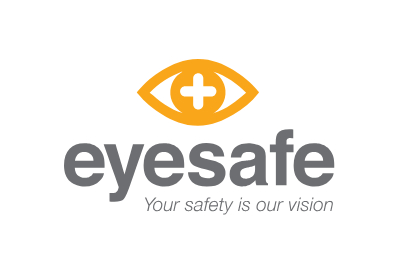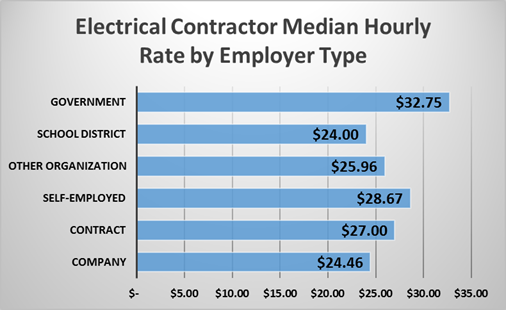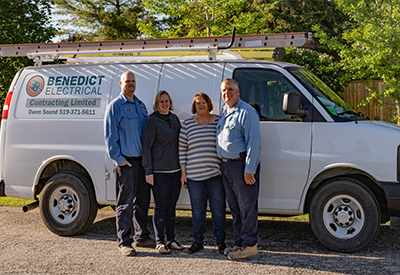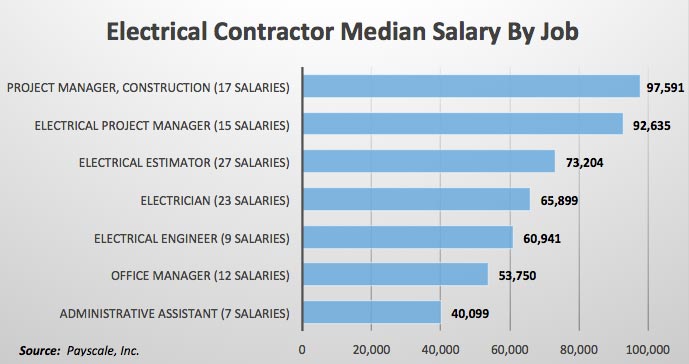Work Outside All Day? Learn About UV and How to Protect your Eyes

July 14, 2021
By Glyn Jones
Summer is finally here and for those of you who get to work outside all day you’ll need to take care to manage the UV exposure to your eyes. UV is an abbreviation for ultra-violet, and it is part of the sun’s energy that is invisible to the eye but can cause harm. When our eyes are unprotected, UV exposure can increase the risk of cataracts, macular degeneration, photokeratitis (snow blindness) and other eye diseases, including cancer. Fortunately, protection is easy, affordable and accessible with the use of UV-protected sunglasses and UV-coated safety eyewear.
There are three types of UV light; UVA, UVB, and UVC.
- UVA is the lowest energy and is close to the purple end of the visible light spectrum, but it’s still a concern because it can pass through the cornea and reach the lens and retina inside the eye. Over-exposure is linked to cataract development and exposure to UVA may play a role in macular degeneration. UVB has higher energy than UVA.
- The ozone layer is important because it filters out some of the UVB that shines on the earth. UVB is responsible for your suntan and, if you get too much sun, results in that all too familiar sunburn. Over-exposure can cause eye problems like snow-blindness and pinguecula, a growth that appears on the whites of your eyes.
- UVC is the highest energy UV and cause the most serious conditions of the eyes and skin. Fortunately, the ozone layer filters out most of the UVC radiation hitting the earth, but as atmospheric conditions change we need to continue to take care to limit sun exposure to limit UVC exposure.
Protection of the eyes from UV requires we wear eyewear with lenses that have UV protection. You should make sure you wear eyewear that block 100 percent UV whenever you are outdoors in daylight. Even on cloudy days your eyes need protection because the sun’s damaging UV rays can still penetrate this cover. Be sure to choose eyewear that is labelled UV400 or 100% UV protection. Research¹ says only about half of the people wearing UV protection eyewear check the UV rating before purchasing. Checking the UV rating will ensure you get the required protection that blocks both the UV-A and UV-B spectrum. Don’t be fooled by the colour of the lens, because it is not necessarily indicative of UV protection. While some people prefer a dark tint lens the UV-blocking coating is the same on any colour lens. Choose frames with a close-fitting, wraparound-style for better coverage of the eyes, providing the best protection because they limit how much sunlight reaches your eyes from the sides. Be cautious of reflective surfaces like snow cover, especially if at higher altitude, backcountry hikers beware! Polarized lenses may be more comfortable, and in addition to providing more general protection they also block glare.
Know all the risk factors. It is not just how sunny or cloudy conditions are that impacts your UV exposure, your total exposure depends on a number of other factors, including:
- Latitude – UV exposure is greater the closer you are to the equator.
- Altitude – UV exposure increases as you gain altitude.
- Time of day – UV exposure is typically greatest in the mid-day, between 11 am and 2 pm.
- Urban versus wilderness setting – UV exposure is greater in wide open spaces. When surrounded by reflective surfaces like snow, sand, or water, your UV exposure can more than double compared to urban settings.
- Medications – some medications can increase your sensitivity and the body’s response to UV exposure. Common medications like birth control pills and some antibiotics can increase sensitivity. If you are not sure consult with an Eyesafe optometrist, in addition to being able to get your annual eye exam, you can receive a much broader insight into the health of your eyes, and your general health.
Don’t risk your vision, slide on UV protective eyewear and a hat, especially during the height of UV exposure in midday and the early afternoon. And don’t forget the kids. The risk of damage to a person’s eyes and skin from UV exposure is cumulative. Your lifetime risk grows the more time you spend exposed throughout your lifetime. For this reason it is important for kids to protect their eyes starting at a very young age. Children are more susceptible to eye damage from UV rays because the lens inside a child’s eye is clearer than an adult lens, enabling more UV to penetrate deep into the eye.
Summertime can be a fun time and work outdoors has many benefits. Make the most of your time outdoors but take care to wear UV protective eyewear and a hat. Be safe and make sure you have the right eyewear to shield your eyes from the sun’s harmful UV rays. Your sight is a gift that deserves protecting!
Glyn Jones is a partner at EHS Partnerships Ltd. in Calgary. He is a consulting occupational health and safety professional with more than 30 years of experience. He is a regular safety conference speaker in Canada, and he provides program design and instructional support to the University of New Brunswick’s OHS certificate and diploma programs.
¹American Academy of Ophthalmology

















